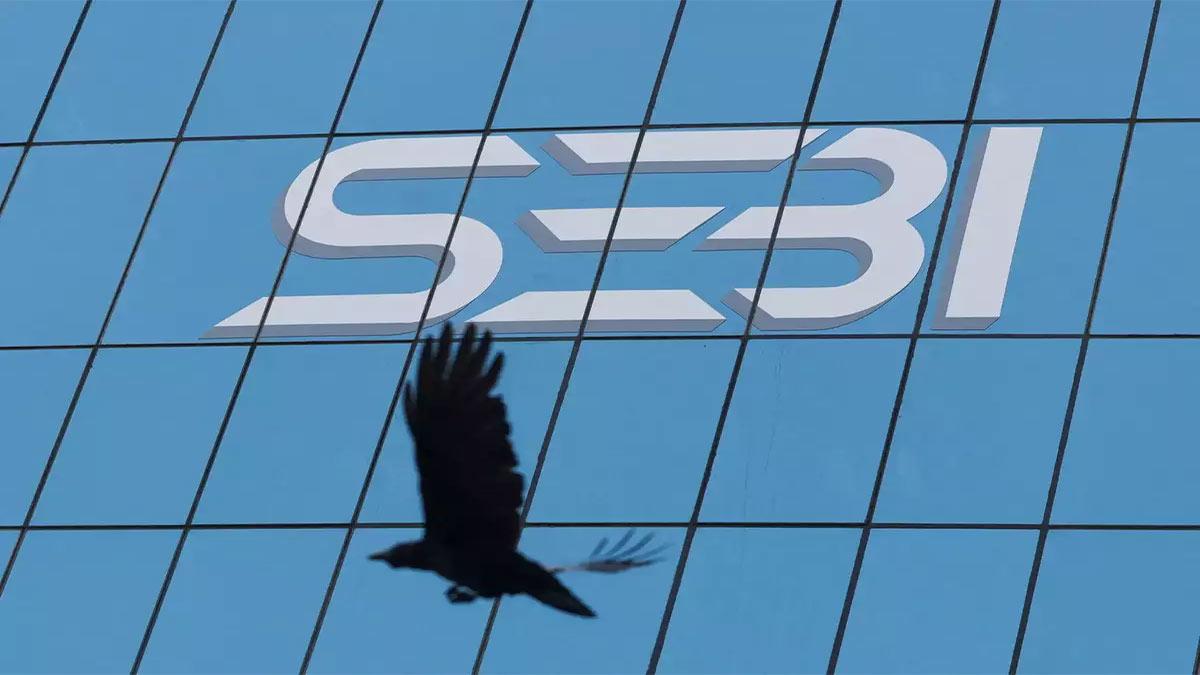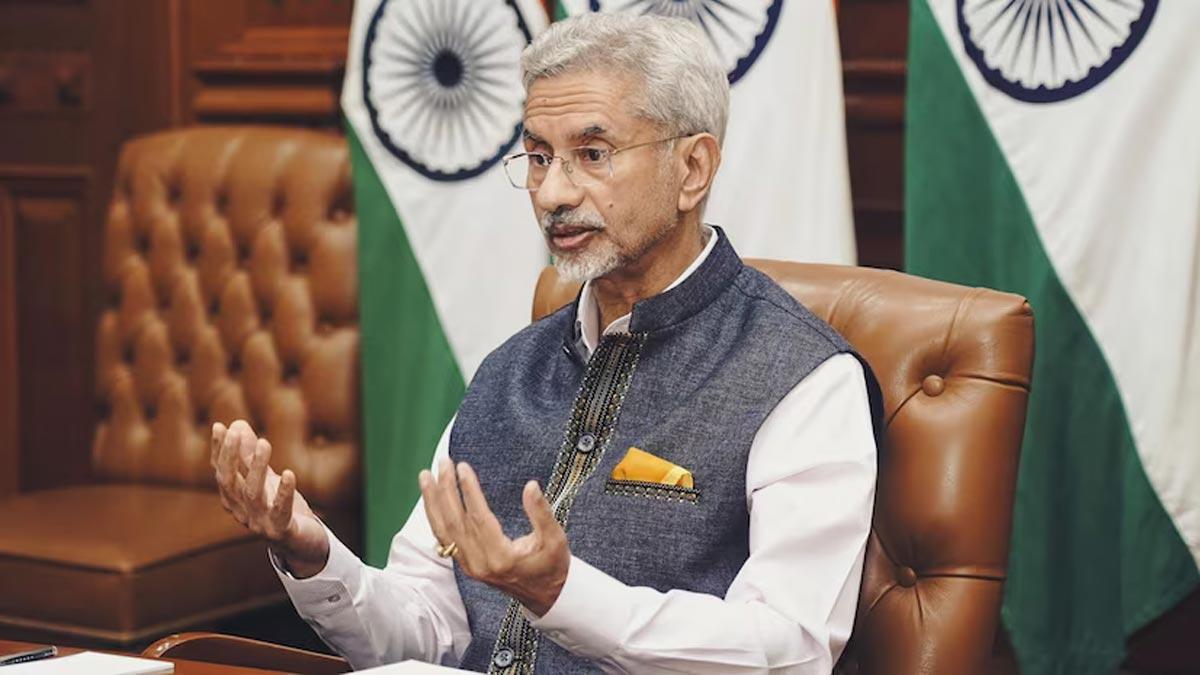The decentralised economy has not only emerged as a rival to traditional payment methods and banking systems but has recently been part of successful commercial and investment banks. Centralised financial institutions are increasingly adopting parts of DeFi assets to increase their reach and appeal to an extended user category and markets.
Banks have recently ventured into cryptocurrencies, offering virtual asset exchanging and trading services to cope with the growing trends and usability of crypto coins and tokens.
It seems that after years of competition between these two economies, the future of the banking sector requires cooperation between them. Let’s review the crucial aspects of cryptos in the banking sector.
Centralisation Vs Decentralisation
Despite the tremendous introductions of banks to accommodate crypto payments and Bitcoin transactions, caution still prevails among central banks and financial institutions due to the volatile and unpredictable nature of decentralised currencies.
Bitcoin and most crypto coins fluctuate daily and on a wider span during bull runs and market growth, making these investments riskier than using traditional instruments, such as stocks, bonds and fiat currencies.
Still, the biggest gap between these two worlds is the control nature. Centralised entities are regulated and supervised by a controlling authority, while decentralised assets are unregulated and are only observed by nodes and developers that improve blockchain network security.
Countries like El Salvador and the Central African Republic were the first to use Bitcoin as legal tender, embracing it in their central bank policies and accepting it as a payment method in their government branches.
Today, banks, financial institutions, and centralised payment systems have adopted elements of decentralisation, such as crypto payments, virtual wallets, blockchain-based gateways, and other decentralised applications.
Failures in The Crypto-Banking Sector
In 2022, one of the biggest crashes in cryptocurrencies took place when LUNA cryptocurrency and UST stablecoin crashed, as both currencies were pegged algorithmically. The TerraUSD stablecoin’s pegging mechanism relied on its sister coin, LUNA, which was used to buy and sell UST and BTC to maintain the pegging mechanism.
Centralised banks were not involved in this event. However, the crashing stablecoin raised concerns among bank investors who previously advocated for adding crypto assets to the banking sector. These events affected investor confidence in decentralised economies.
Another event took place in 2023 when three major investment banks crashed in the United States. Signature Bank, Silvergate Bank and Silicon Valley Bank marked one of the largest failures in the US banking system.
Despite the involvement of these banks in cryptocurrencies and holding assets in Bitcoin, the crash was attributed to monetary mismanagement and the rising Federal Reserve interest rate.
Consumers were left confused and unmotivated to engage in cryptocurrencies due to their volatility and instability.
Success Stories in Crypto-Banking
Banks have learned from previous crashes and mistakes and are now adopting improved mechanisms to adopt the best practices in cryptocurrencies.
The US financial regulatory body, the SEC, has approved the application of registering Bitcoin spot ETF trading submitted by leading American investment firms, such as BlackRock and Fidelity Investments.
The application is expected to promote Bitcoin’s role as a tradeable asset with a highly secure blockchain and multiple use cases, especially since Ethereum futures ETF trading was approved way before that.
Multiple centralised investment banks have added a crypto trading desk and an exchange platform to cope with crypto-fiat crossover. Goldman Sachs and BBVA introduced their crypto trading platforms in 2021, where users can store, send, receive and trade multiple virtual currencies.
However, due to control and security concerns, only major coins are being considered, such as Bitcoin and Ethereum.
Conclusion
After years of rivalry, centralised and decentralised economies are working together to shape the future of the banking industry. After a series of crashes and innovations in the crypto landscape, investment banks and centralised financial institutions are adopting several DeFi applications and crypto exchange services.
These introductions come after a series of legal considerations by the SEC, which has been on a stride to regulate and fine-tune the financial industry in the US. Some of these reforms were frowned upon by the crypto community but were consequently adopted to support secure practices.
Ultimately, cryptocurrencies have made their footprints in financial markets and can only thrive together with the centralised banking system.


















